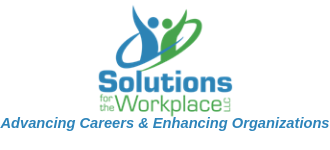If you have made a decision to leave the federal government for the private sector, you’ll need a private sector resume. A private sector or corporate resume is much different than the resumes you may be used to seeing in the federal government.
Here are some of the more significant differences:
- Resume length – Private employers are not under the same type of obligation to review your credentials as are Federal agencies. You can be sure that a ten-page resume will quickly find its way to the nearest waste basket. Therefore, resumes should be concise; just long enough to tell your story but not too long. Two pages is the maximum for private sector resumes.
- Level of detail – Unlike federal resumes, private sector resumes do not require the name of your supervisor, the number of hours worked per week, or the detailed descriptions typically found in federal resumes.
- Formatting – While federal resumes are typically devoid of most formatting, private sector resumes can effectively use color and other formatting tools.
- Applicant Tracking Software (ATS) – The vast majority of private sector companies use ATS. While there are currently more than 50 kinds of ATS in use at the present time, there are a few standard features.
In addition to the above, most private sector employers are looking to understand how you can help them—what is called your value proposition. Who are you and what do you bring to the table? The content of your resume should point to that goal. Without this focus, your resume will be mediocre at best. Great resumes are ones in which every piece of information supports your professional value. If you’ve already established your value (in writing, not just in your head), you’re prepared to write your resume. If not, you need to spend some time establishing your goals.
As you write your resume, keep your value proposition in mind. This will help you decide what to include, what to leave out and will help target your resume. You may want to write your goal on a separate piece of paper and weigh each item in your resume against your goal. If it isn’t clear how the item relates to your goal, then strongly consider eliminating it.
A resume is not a literary document, it is marketing one. The rules of grammar are different from formal writing. Complete sentences aren’t necessary. Avoid the use of “I,” as the subject of the resume is assumed to be the person named in the heading of the resume. Resumes are written in what is called “telegraphic style;” this means that articles such as “the” are typically not used. Avoid long narratives; remember that your resume may be one of the dozens, hundreds, or even thousands that are submitted to an employer.
